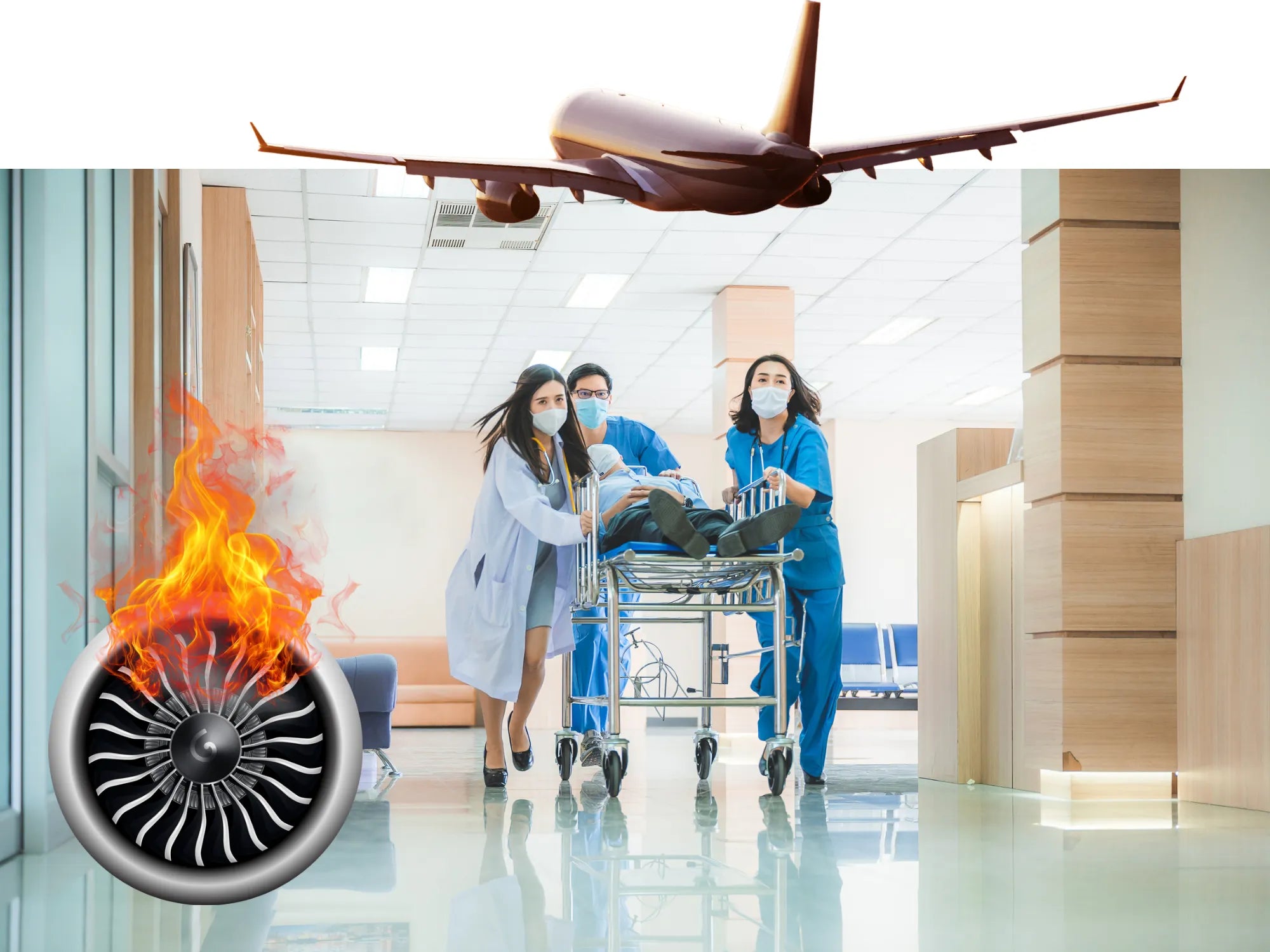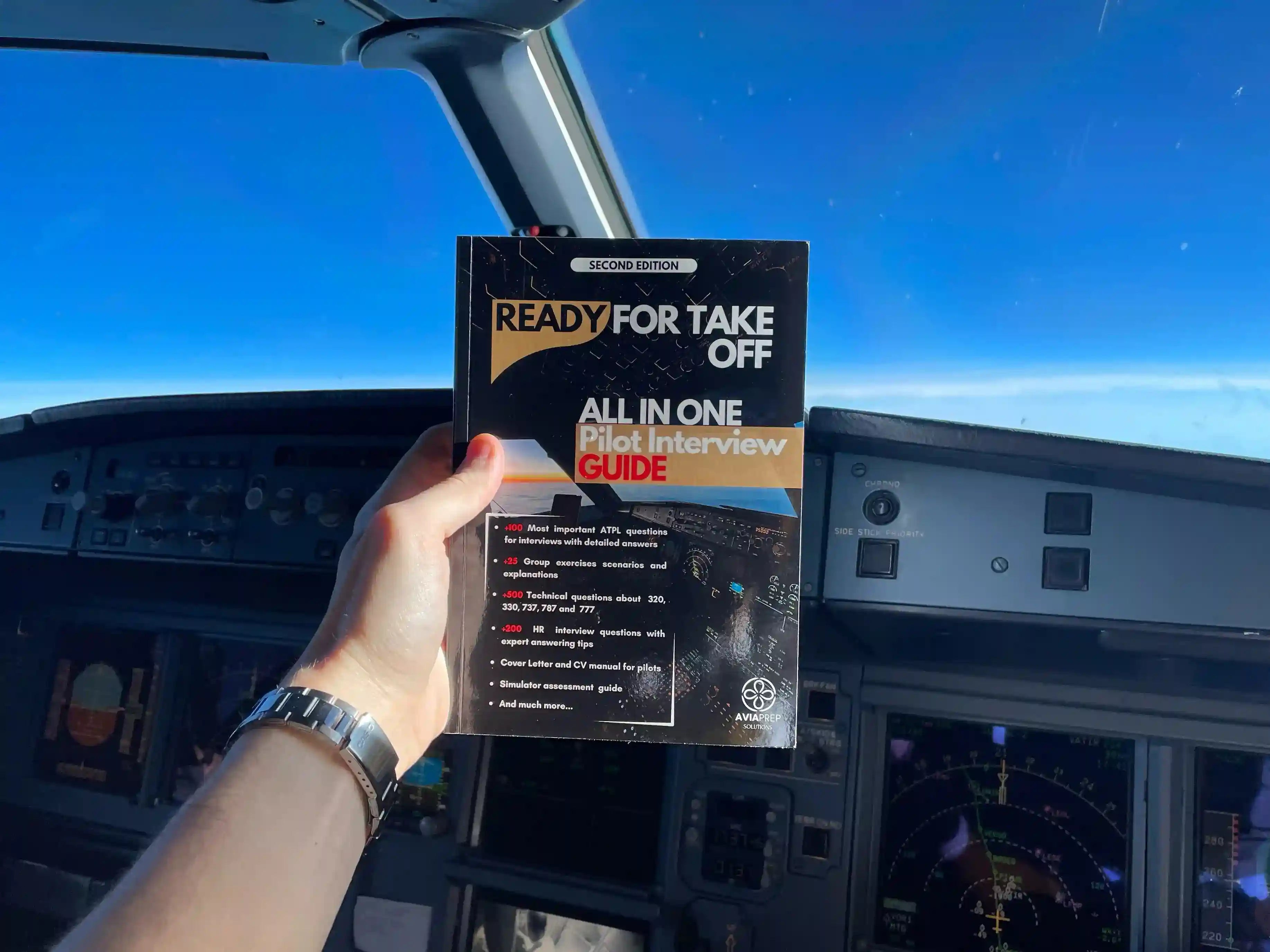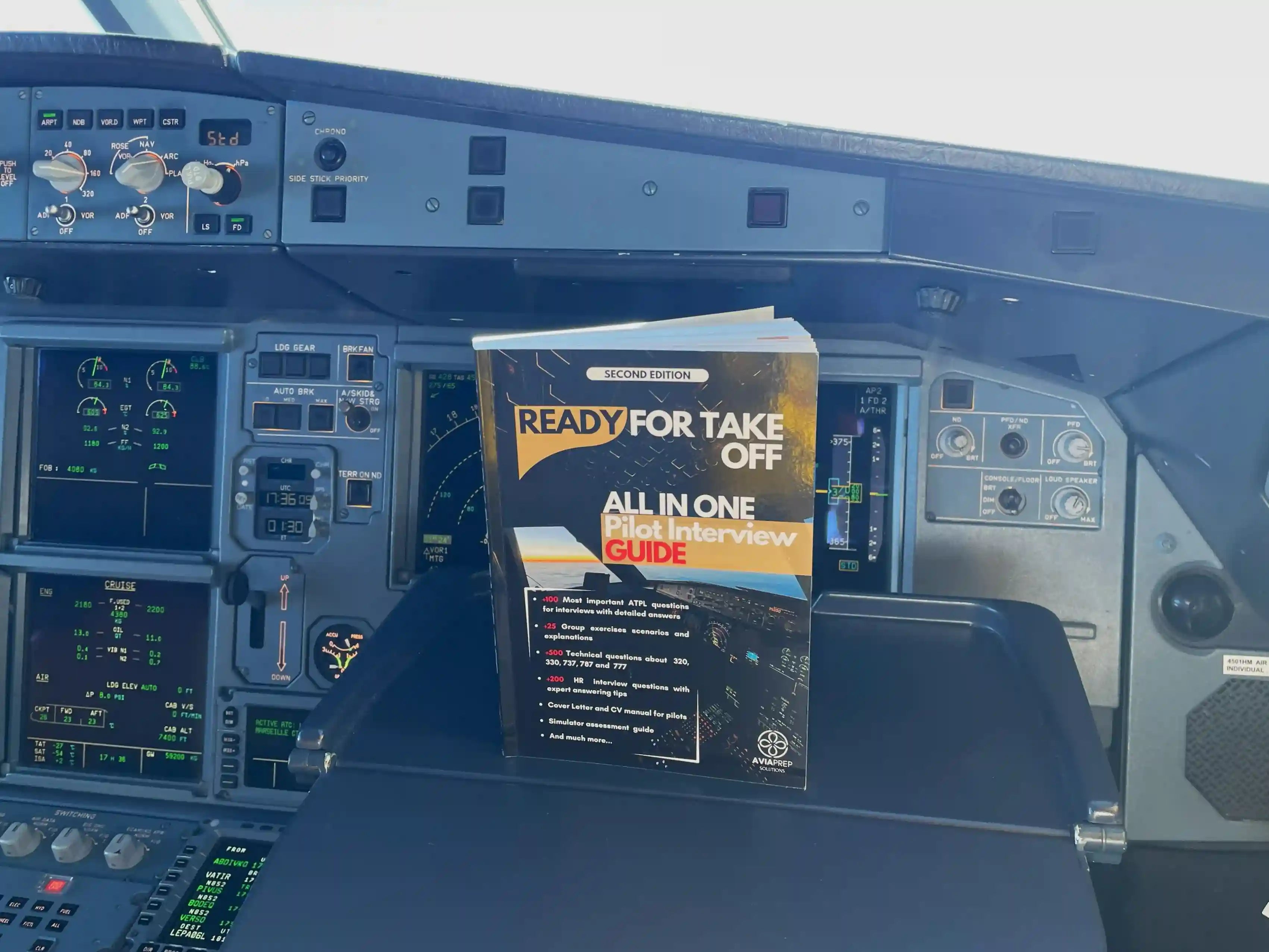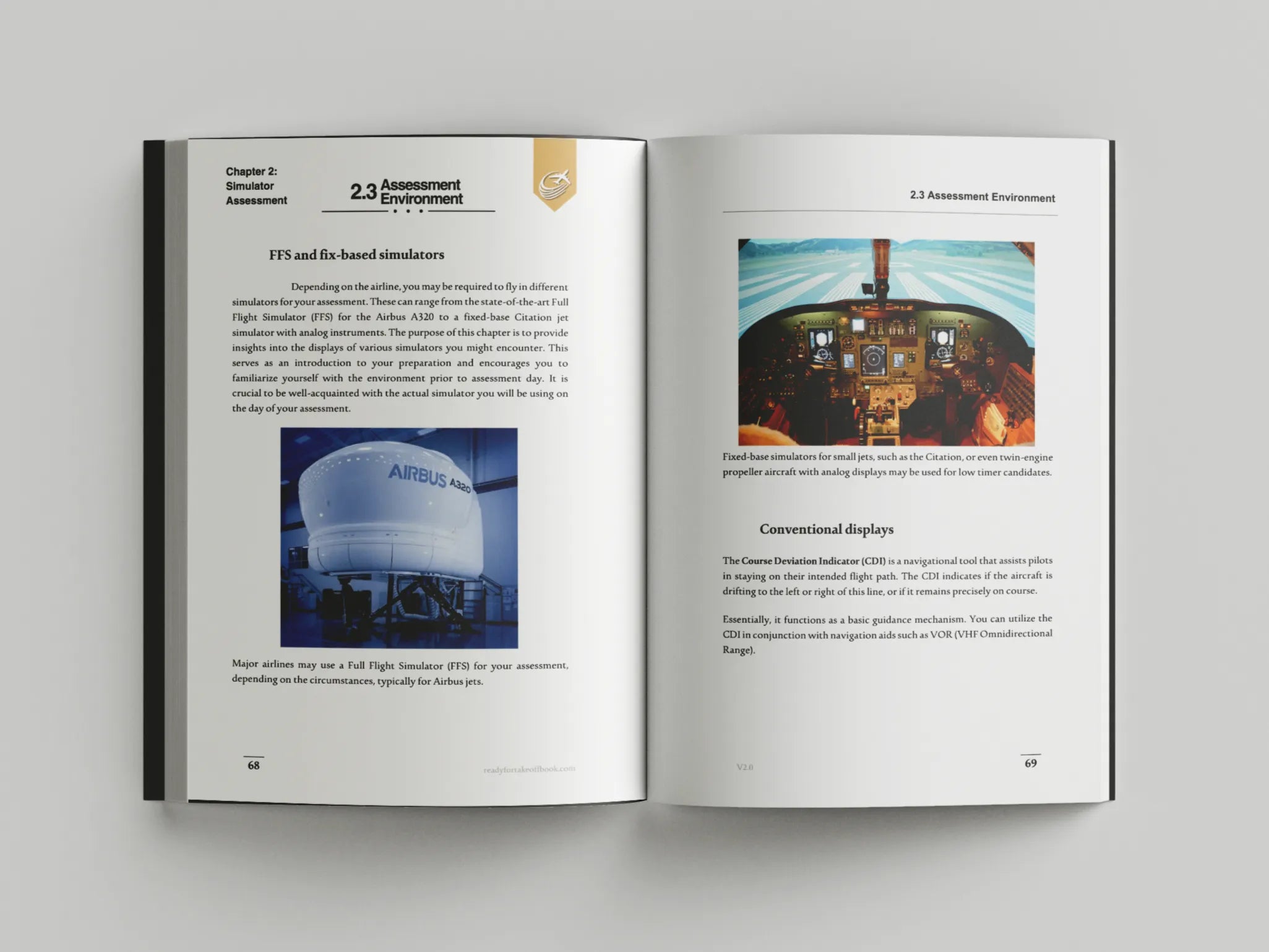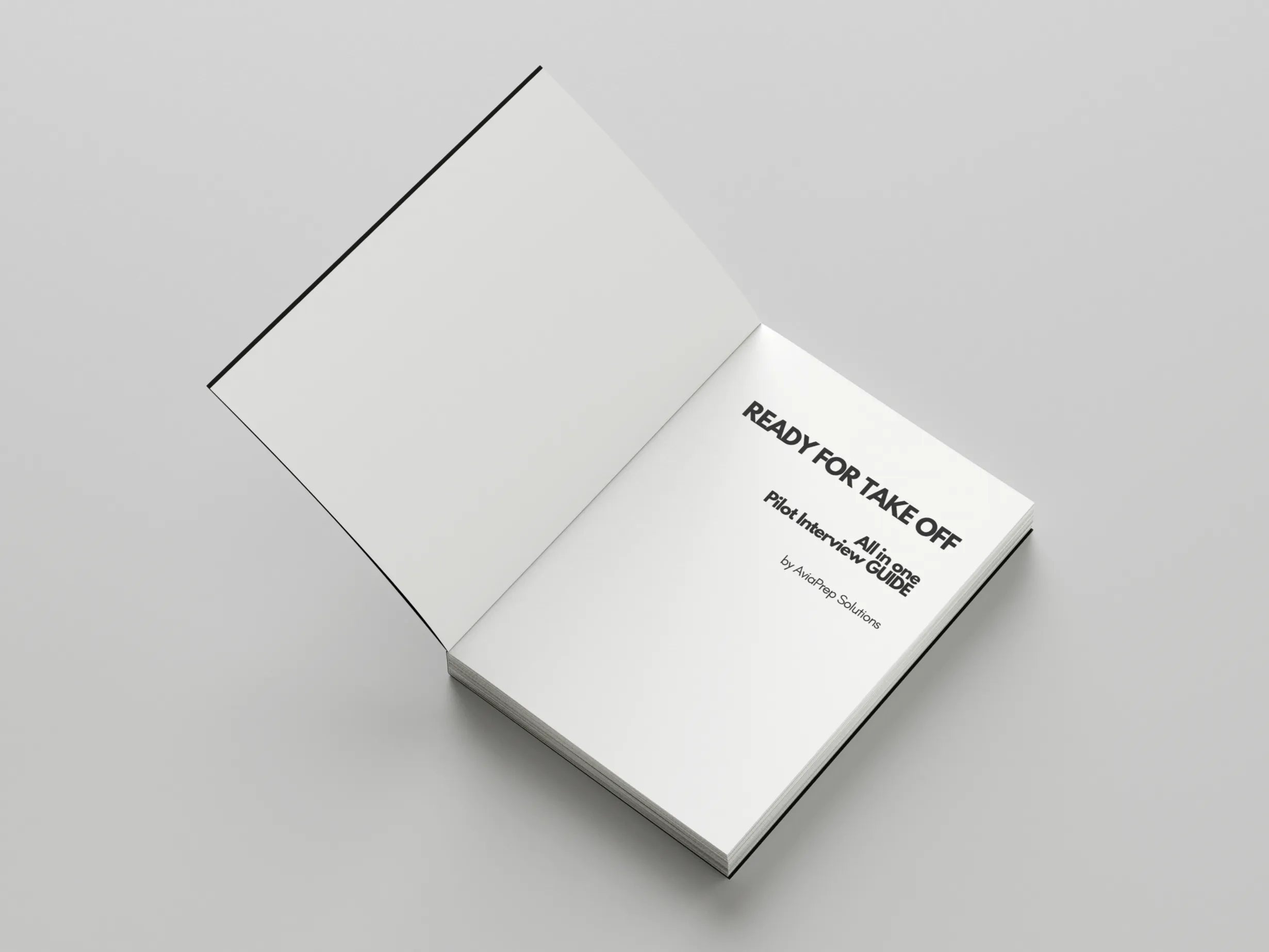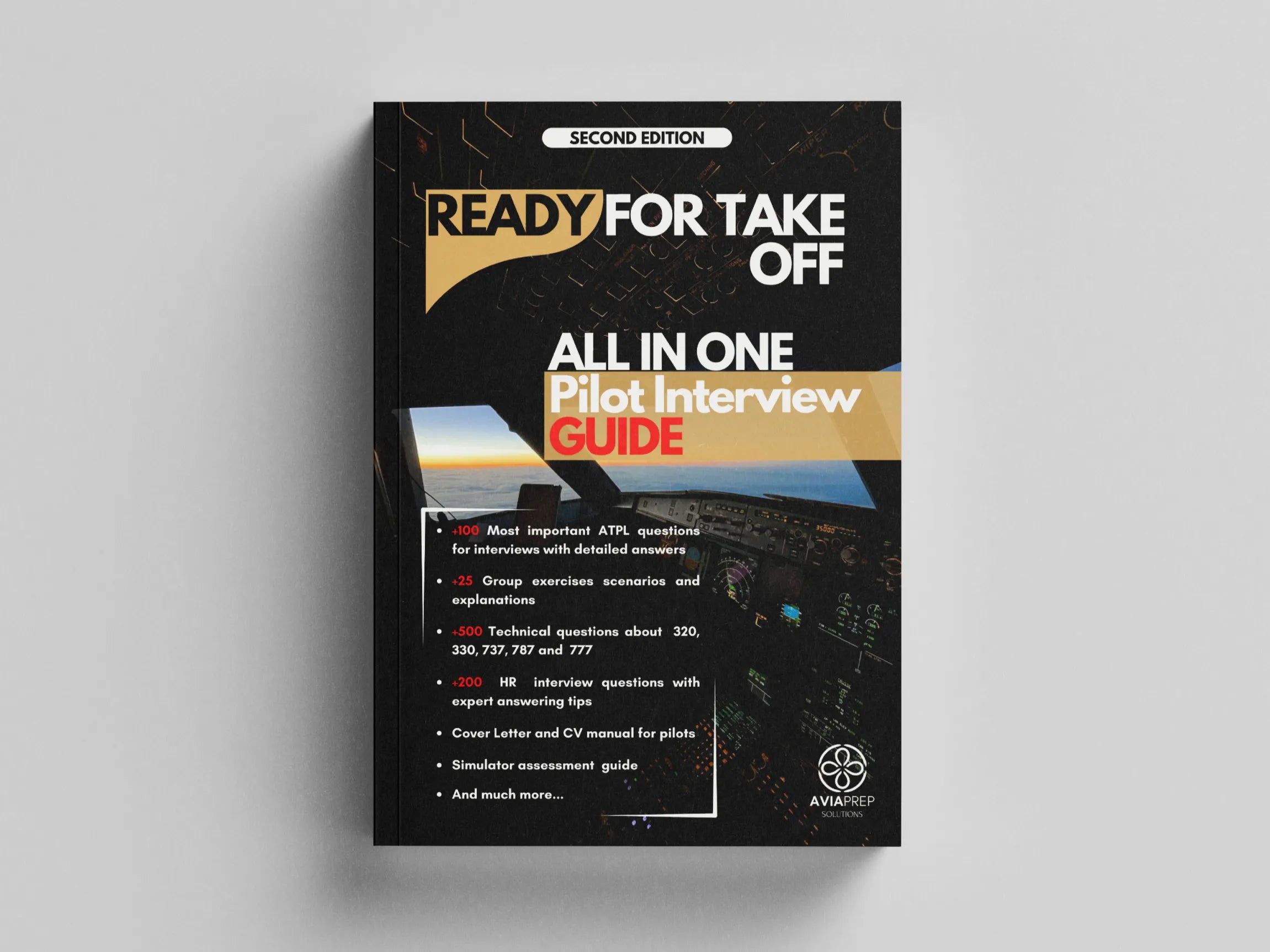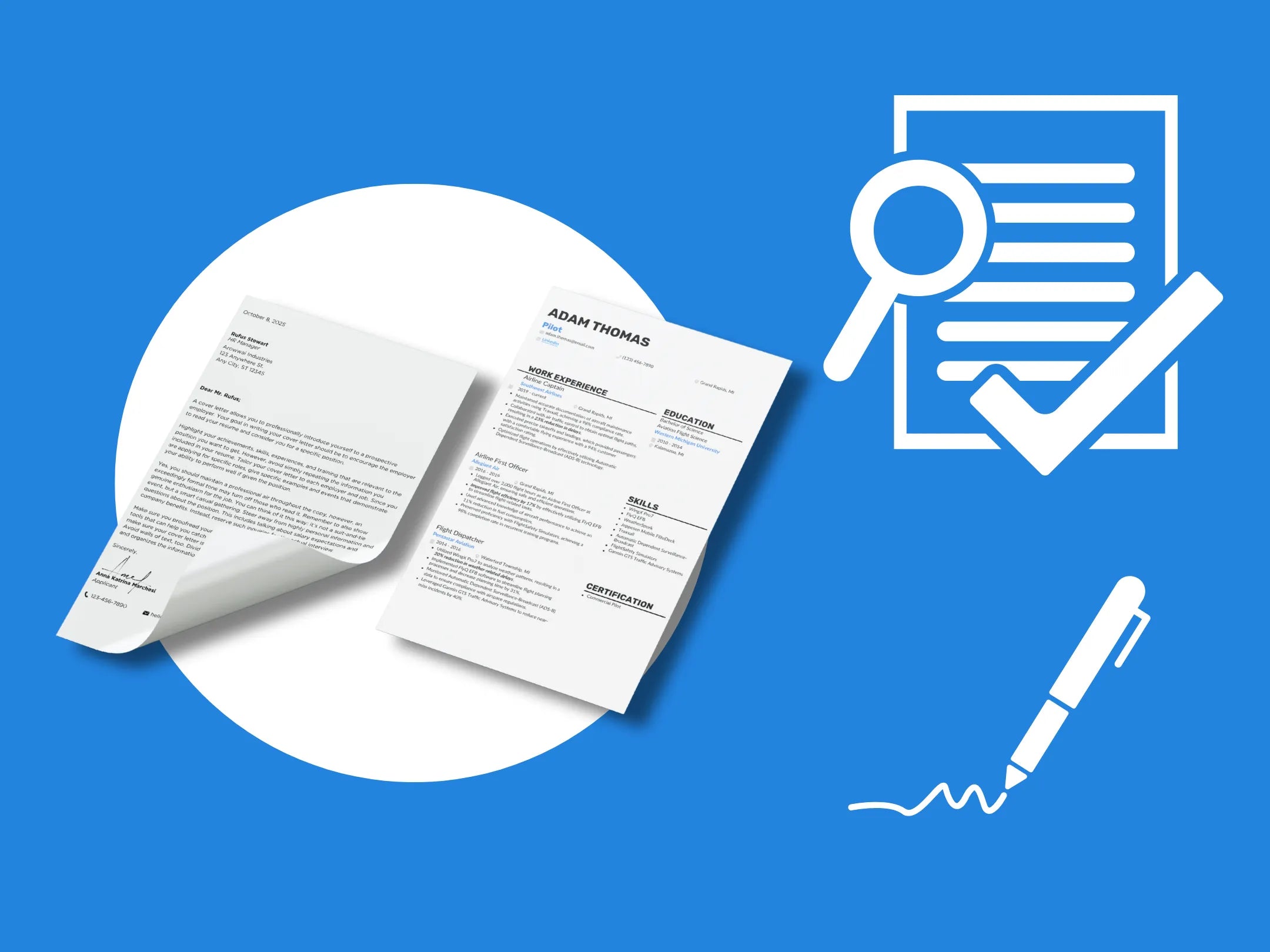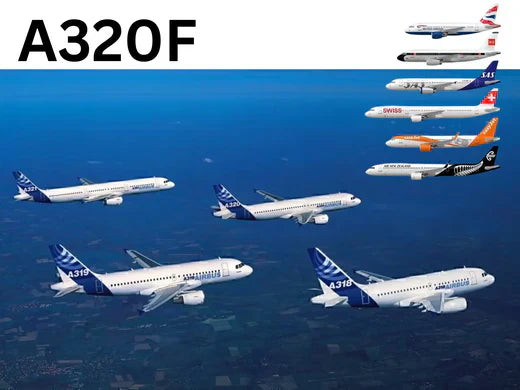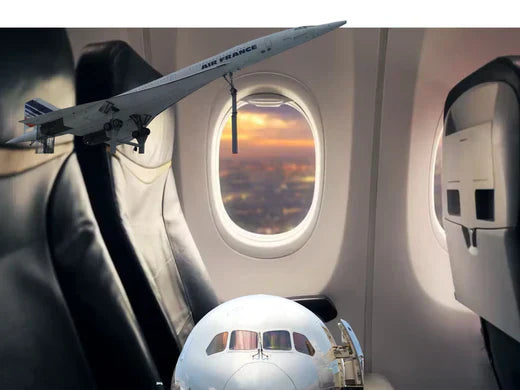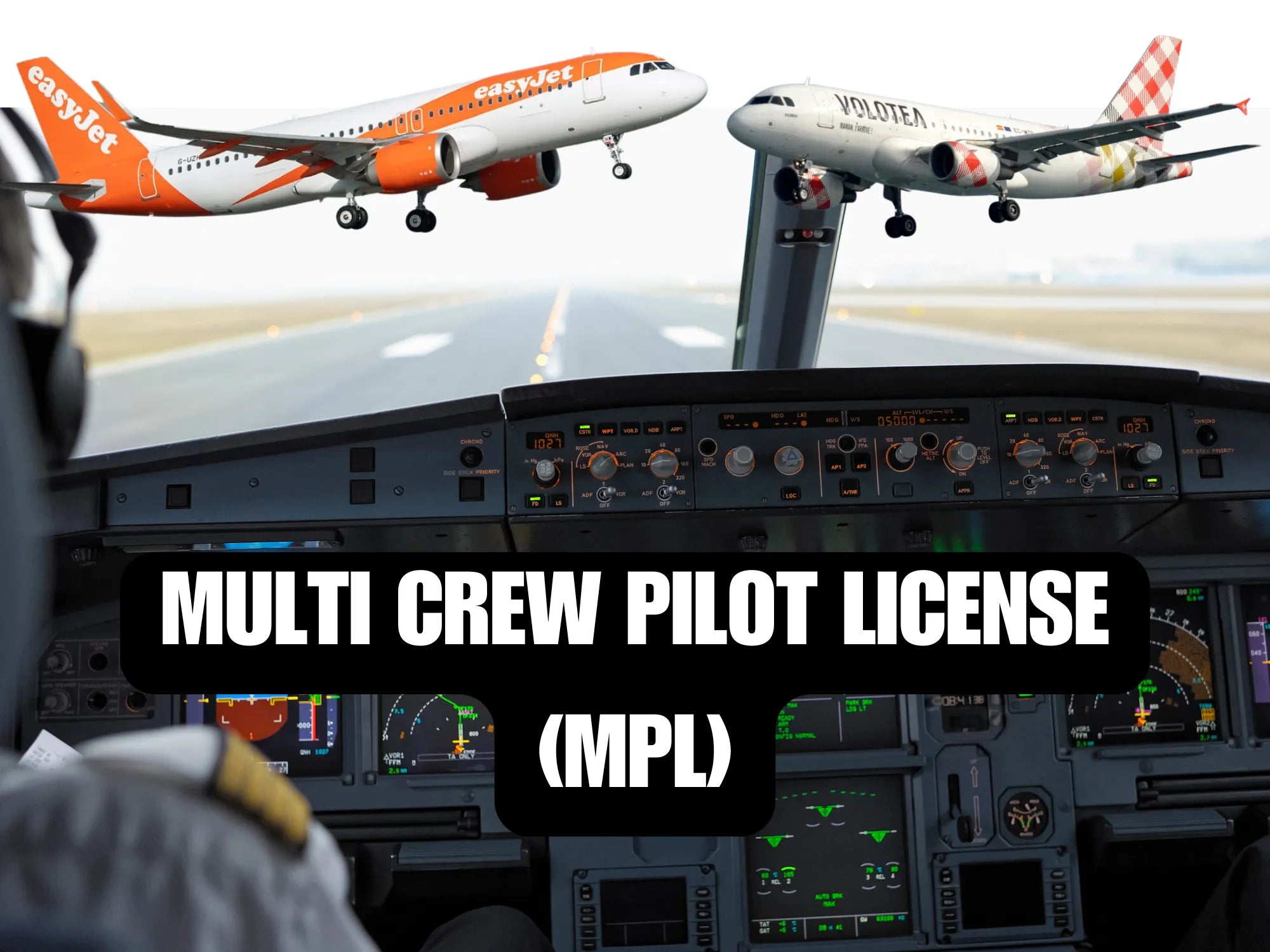Introduction
Crisis management in aviation is the backbone of ensuring passenger and crew safety. The unpredictable nature of flight requires pilots and crew to be prepared for a variety of emergencies, including medical situations, technical failures, terrorist threats, and even epidemics. With the right training, knowledge, and equipment, airlines can manage these crises, keeping everyone on board as safe as possible.
Medical Emergencies in Flight
Common In-Flight Medical Issues
Medical emergencies are one of the most common in-flight crises. The environment of an aircraft, high altitude, reduced air pressure, and the presence of passengers with diverse health conditions, can exacerbate medical issues. Some of the most frequently encountered emergencies include:
- Cardiac Events: Heart attacks and other cardiovascular issues are particularly concerning due to their potentially fatal outcomes. The combination of stress, anxiety, and altitude can increase the risk for passengers at risks.
- Allergic Reactions: Severe allergic reactions, including anaphylaxis, can be triggered by food, insect stings, or even medications. The confined space and limited resources on an aircraft make such situations particularly difficult to manage.
- Respiratory Problems: Asthma attacks or other respiratory issues can arise due to the dry air and lower oxygen levels at high altitudes.
- Gastrointestinal Distress: Nausea, vomiting, and diarrhea, while less life-threatening, can be highly stressing for the individual.
Crew Response to Medical Emergencies
Flight attendants undergo extensive first aid training to manage medical emergencies. They are equipped with:
- First Aid Kits: These contain basic medical supplies, including bandages, antiseptics, and over-the-counter medications.
- Automated External Defibrillators (AEDs): Used to treat sudden cardiac arrest.
- Emergency Medical Kits: These kits contain more advanced medical supplies, accessible to trained medical professionals if they are on board.
In the event of a medical emergency, the crew will assess the situation and take the following actions:
- Immediate Response: The crew provides first aid using the available supplies and may ask if there are any medical professionals among the passengers.
- Communication with MedLink: Many airlines have partnerships with ground-based medical support services, such as MedLink, which provide real-time advice to the crew.
- Decision on Diversion: The pilot, in consultation with the medical support service and considering the nature of the emergency, decides whether to divert the flight to the nearest suitable airport.
The decision to divert a flight is never taken lightly. It involves considering the health of the passenger, the availability of medical facilities at the destination, the impact on other passengers, and operational factors such as fuel and weather conditions.
Technical Emergencies: Malfunctions and Failures
Types of Technical Emergencies
Technical emergencies, while rare, pose significant challenges during flight. These situations can range from minor inconveniences to serious malfunctions that require immediate action. Common types of technical emergencies include:
- Engine Failure: Although aircraft engines are highly reliable, failures can occur due to mechanical issues, bird strikes, or even fuel contamination. Modern aircraft are designed to fly safely even if one engine fails.
- Hydraulic System Failure: The hydraulic system controls critical functions such as landing gear, brakes, and flight controls. A failure in this system can severely affect the aircraft's maneuverability.
- Electrical Failures: Electrical systems power vital instruments, lights, and communication devices. A loss of electrical power can result in the failure of multiple systems, but backup power sources are typically available.
- Pressurization Issues: A sudden loss of cabin pressure is a serious emergency that requires the aircraft to descend rapidly to a lower altitude where passengers and crew can breathe without supplemental oxygen.
Pilot's Role in Technical Emergencies
Pilots are trained to manage technical emergencies through extensive simulations and recurrent training. The key aspects of handling such situations include:
- Identification and Diagnosis: Pilots use checklists and their experience to diagnose the problem quickly. Modern aircraft are equipped with advanced diagnostic systems that provide detailed information about the malfunction.
- Immediate Actions: Depending on the nature of the emergency, pilots may need to perform immediate actions, such as shutting down an engine, activating backup systems, or descending to a safer altitude.
- Coordination with ATC: Pilots maintain constant communication with Air Traffic Control to coordinate emergency responses, including potential diversions.
- Execution of Emergency Procedures: Aircraft are designed with multiple redundant systems, meaning that if one system fails, others can take over. Pilots are trained to switch to these backup systems and continue flying the aircraft safely.
Dealing with Terrorism and Security Threats
The Terrorist Threat
Aviation security has significantly evolved in response to the ever-present threat of terrorism. While the likelihood of a terrorist incident on board an aircraft is low due to stringent security measures, the potential impact is severe. The most common security threats include:
- Hijacking: Although rare, hijacking remains a serious threat.
- Bomb Threats: The discovery of a suspicious object on board can lead to a bomb threat, requiring a calm and methodical response.
- Unruly Passengers: While not necessarily linked to terrorism, passengers who become violent or disruptive can pose a significant security risk.
Crew and Passenger Roles
In the event of a security threat:
- Reinforced Cockpit Doors: Modern aircraft are equipped with reinforced cockpit doors that are kept locked during the flight to prevent unauthorized access.
- Crew Training: Pilots and cabin crew undergo regular training in handling security threats, including anti-hijacking procedures and managing disruptive passengers.
- Passenger Cooperation: Passengers may play a critical role in assisting the crew during a security incident. This was evident in several past incidents where passengers subdued attackers or provided crucial information to the crew.
The key to handling a terrorist threat is preparation and coordination. Pilots are trained to assess the situation, communicate with ATC, and follow established procedures to mitigate the risk.
For more on aviation security protocols, visit this official TSA resource.
Epidemics and Infectious Disease Outbreaks
Managing In-Flight Epidemics
The emergence of infectious diseases presents unique challenges for the aviation industry. The global nature of air travel means that diseases can spread rapidly across borders. Managing an outbreak during a flight requires immediate action to protect both passengers and crew.
Procedures During a Suspected Outbreak
In the event of a suspected infectious disease on board:
- Isolation of the Affected Passenger: If possible, the sick passenger is moved to a separate area of the aircraft. In cases where isolation isn't possible, the crew may create a makeshift barrier using curtains or other materials.
- Use of Personal Protective Equipment (PPE): The crew will don PPE, including masks and gloves, to prevent the spread of the infection.
- Notification of Authorities: Pilots are required to inform the destination airport of the situation, allowing health authorities to prepare for the arrival of the aircraft.
- Post-Flight Quarantine: Depending on the severity of the outbreak, passengers and crew may be subject to quarantine upon arrival. The aircraft itself may also undergo disinfection procedures.
Lessons from COVID-19
The COVID-19 pandemic brought the issue of airborne infectious diseases to the forefront. Airlines implemented new protocols, such as mandatory mask-wearing, enhanced cleaning procedures, and changes to in-flight service to reduce contact.
For more on how airlines are adapting to infectious disease risks, you can read this WHO guideline.
Conclusion
Effective crisis management during a flight is vital to ensuring the safety and well-being of everyone on board. From medical emergencies and technical failures to terrorism and epidemics, airlines must be prepared for a wide range of potential threats. Pilots and crew are trained to handle these situations, and modern aircraft are equipped with sophisticated systems to mitigate risks. The key to successful crisis management lies in preparation, communication, and the ability to make quick, informed decisions under pressure. If you want to check out an other aspect of the aviation life, look at this article about the impact of long haul flights on passengers and crews.
FAQs
1. What should passengers do if they experience a medical emergency during a flight?
If you experience a medical emergency during a flight, inform a flight attendant immediately. The crew will assess your condition and provide first aid. If the situation is severe, the pilot may decide to divert the flight to the nearest airport.
2. How often do technical emergencies occur during flights?
Technical emergencies are rare due to the high standards of maintenance and safety checks that aircraft undergo. When they do occur, pilots are well-trained to manage these situations using redundant systems and emergency procedures.
3. What happens if there is a terrorist threat on a flight?
In the event of a terrorist threat, the crew will follow strict security protocols, including locking the cockpit door, notifying ATC, and potentially diverting the flight. Passengers may also be asked to assist if necessary.
4. How do airlines prepare for potential epidemics on board?
Airlines follow protocols that include isolating the affected passenger, using PPE, and coordinating with health authorities to manage the situation. Post-flight, passengers may be subject to health screenings or quarantine.
5. Can a flight be diverted for any type of emergency?
Yes, a flight can be diverted for various emergencies, including medical issues, technical problems, or security threats. The decision to divert is made by the pilots based on the severity of the situation.
6. Are there doctors on every flight?
Not every flight will have a doctor on board, but crew members are trained in first aid. Additionally, airlines often have access to ground-based medical support for in-flight emergencies.



